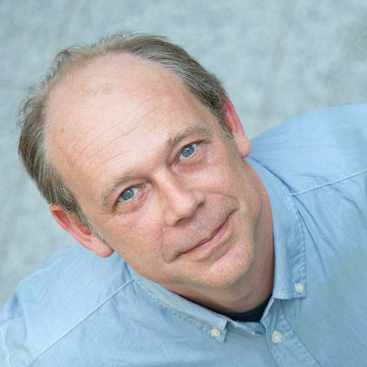DynaMo seminar: Friedrich Kragler & Eric Schranz
DynaMo Semiars are a series of public seminars hosted by DynaMo Center.
We are pleased to invite you to our next seminar.
Programme:

|
10:00 |

|
11:00 |
Friedrich Kragler:
Local and Systemic Phloem-mediated Transport of Macromolecules
Flowering plants use a complex vascular transport system to allocate water, amino acids and inorganic nutrients via the xylem from roots to shoots, and sugars and amino acids via the phloem from source to sink tissues. For many years, the main aims in phloem research were to understand which metabolites and macromolecules are transported, to study the molecular mechanisms by which phloem-delivered molecules are transferred into and exit the phloem, and to relate these molecular mechanisms to signaling events and cellular and anatomical structure. Over the last decades our knowledge of phloem allocated components has changed significantly, leading to a realization that the phloem is a transmitter of long-distance signals. Regulatory small RNAs as well as large mRNAs and proteins were shown to be transferred between cells and to move to distant tissues via the phloem stream (Lucas, et al., 2001; Yoo & Kragler et al. 2004; Zhang et al., 2009, Zhang et al. 2016). At their destination, these mobile proteins and RNAs can act as signals that, for example, change the shape of leaves, confer residence to pathogens, mediate nutrient deficiency adaptation, and alter flowering time. The insight that RNAs and proteins can act as non-cell autonomous agents and, even more, the realization that subsets of RNA molecules and proteins can be transported by the phloem over large distances between organs has fundamentally altered our concept of how plants coordinate tissue and organ functions. This insight also has implications for the research strategies that we deploy to tackle signaling events. If distinct mRNAs are transferred between cells and distant tissues, their expression domain might not reflect their functional domain. Consequently, simple gene activity and expression analysis will not always allow us to predict their functional domains within an organism. Thus, we began some years ago to tackle plant signaling mechanisms based on mobile RNAs.
Eric Schranz:
Patterns of Conservation and Divergence in Relative Gene Order of Mammalian and Angiosperm Genomes using Network-based Synteny Analysis
A comprehensive analysis of relative gene order, or synteny, provides valuable information for understanding the evolutionary history of genes and genomes, and ultimately traits and species, across broad phylogenetic groups and divergence times. We computed synteny networks for all genes across the major lineages of mammals (87 genomes) and angiosperms (107 genomes). These two iconic groups both evolved and radiated over the last ~170 MYR. The synteny networks take genes as nodes, and syntenic relationships between genes as edges. We incorporated syntenic gene pairs from the entire ~2.6M and ~3.7M pairwise synteny blocks, containing ~1.5M nodes and ~49M edges for mammals, and ~2.2M nodes and ~47M edges for angiosperms. Overall network metrics such as degree distribution and clustering coefficient differ between groups. Networks were decomposed into clusters using the infomap algorithm, followed by phylogenomic copy-number profiling of each cluster. Results illustrate and quantify the syntenic properties of all annotated gene families: most genes are single-copy and syntenic across mammalian genomes, whereas most genes are multi-copy and/or have lineage-specific distributions for angiosperms. Detailed synteny analyses was performed for 4,104 mammalian and 1,440 angiosperm BUSCO (Benchmarking Universal Single-Copy Orthologs) gene families. The overall patterns of mammalian conservation and angiosperm dynamism were again apparent. By understanding the general rules of synteny evolution across a clade, we can then identify the exceptions to the rule. We present examples of “rule-breaking” genes such as lineage-specific transpositions of brain-development genes in mammals and the syntenic conservation of the single-copy photosynthesis-related genes across angiosperms.
